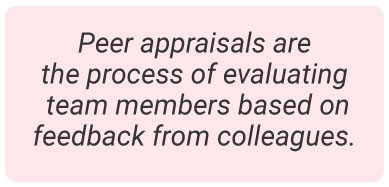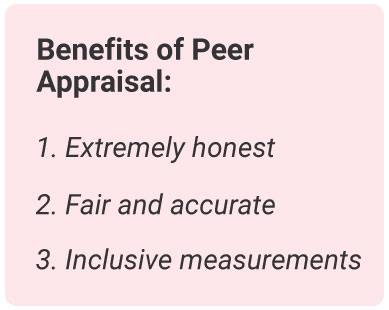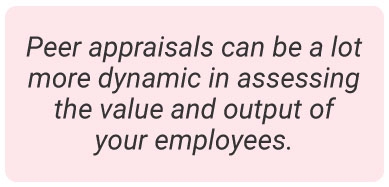
What Is Peer Appraisal & How Do You Implement It?
June 3, 2022
|
Logan Mallory
What is peer appraisal?

The benefits of peer appraisals

Tips for measuring peer appraisal

• Peer ranking
• Peer ratings
• Peer nomination
3 ways to integrate peer appraisal into your business
• Inform your leadership
• Go digital
• Involve your teams
Let Motivosity pave the way to success
About the Author

Logan Mallory is the Vice President of Marketing at Motivosity. He has held roles previously at LogMeIn, Jive, and Workfront. Logan writes and speaks on leadership, culture, marketing, and HR topics. He is an adjunct professor at BYU's Marriott School of Business. Logan lives with his family in Utah, and has deep ties to Michigan, Washington, and Texas.
Learn More
Learn More






